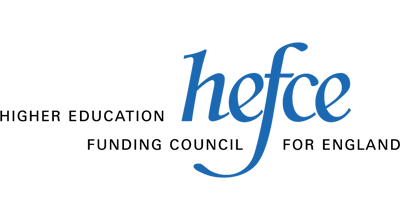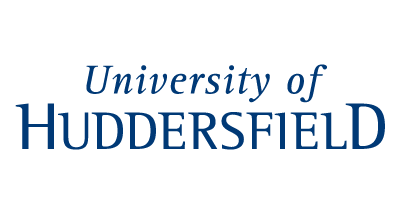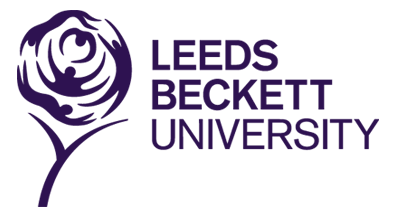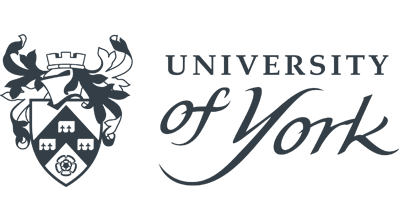Date published: 22/09/16
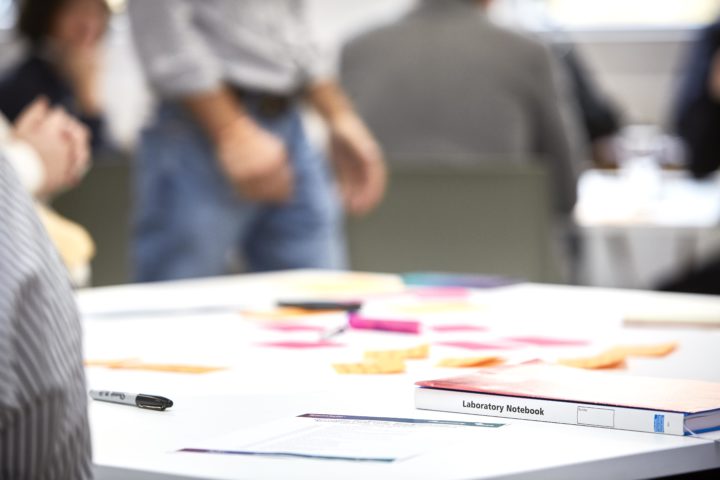
Diagnosis and characterisation of wounds is vital to ensure that the right treatment is given first time – yet nearly a third of the 2.2 million wounds treated annually by the NHS remain undiagnosed.
This issue was therefore an obvious theme to choose for a joint workshop between Translate and the NIHR Wound Prevention and Treatment Healthcare Technology Cooperative (WoundTEC HTC) based at Bradford Royal Infirmary. The event, in July 2016, brought together 47 delegates from academia, industry and clinical practice across the Leeds City Region to consider potential new technologies for wound diagnosis and treatment.
Treating wounds, such as surgical wounds, diabetic foot ulcers, burns, pressure ulcers and trauma injuries, costs the NHS £5.3 billion each year. With limited options for characterisation of wounds – for example determining size, depth, infection or inflammation levels – clinicians tend to try the cheapest treatment option first, rather than what would be most effective for a specific case. This can lengthen the time patients take to heal and add to the overall cost through unnecessary treatments.
Translate Technology Innovation Manager (TIM), Dr Sean Clarkson, explains: “Partnering with WoundTEC HTC brought vital clinical input, ensuring we were able to identify the most important clinical needs in this field. We decided to focus on diagnosis as one of our themes, as this issue has a significant impact, both directly on patients and on costs for the healthcare system.”
The clinical background and issues were explained to delegates on the day by two clinicians from WoundTEC HTC – consultant plastic surgeon Lt Col. Professor Steven Jeffery from University Hospitals Birmingham and consultant vascular surgeon Professor Peter Vowden from Bradford Royal Infirmary. With cost and ease of uptake being such an important driver within the NHS, any solutions proposed need to be small, portable, simple and cheap, to enable healthcare professionals to carry them easily during a ward or home visit.
Forty-seven ideas for new technologies or treatments were initially generated from the group discussions, with ten of these then considered in more detail to develop an outline business case. Clinical Director of WoundTEC HTC, Professor Jeffery was impressed by the range of ideas proposed.
“If we want to make significant changes in practice, we need to think laterally and leapfrog technology, rather than be content with sequential progress,” he says. “It was exciting to see so many ideas coming out of the workshop that did both of those things.”
Dr Clarkson will be working with the WoundTEC HTC over the next six months to progress the strongest ideas that emerged from the event, building comprehensive evidence bases around clinical need, identifying sources of further funding, and putting together grant proposals.
WoundTEC HTC are already seeing direct benefits from their involvement in Translate. Professor Jeffery and Dr Clarkson are working with academics and a manufacturer who attended the workshop to develop a camera for taking images of wounds. A grant application to support this is already underway.
“This was exactly the kind of result we hoped to get from the workshop and we’re really pleased it’s happened so quickly,” says Professor Jeffery. “We look forward to providing clinical input to the other projects that are taken forward from the workshop, as part of our ongoing participation in the Translate programme.”
Wound Care and Infection Control

